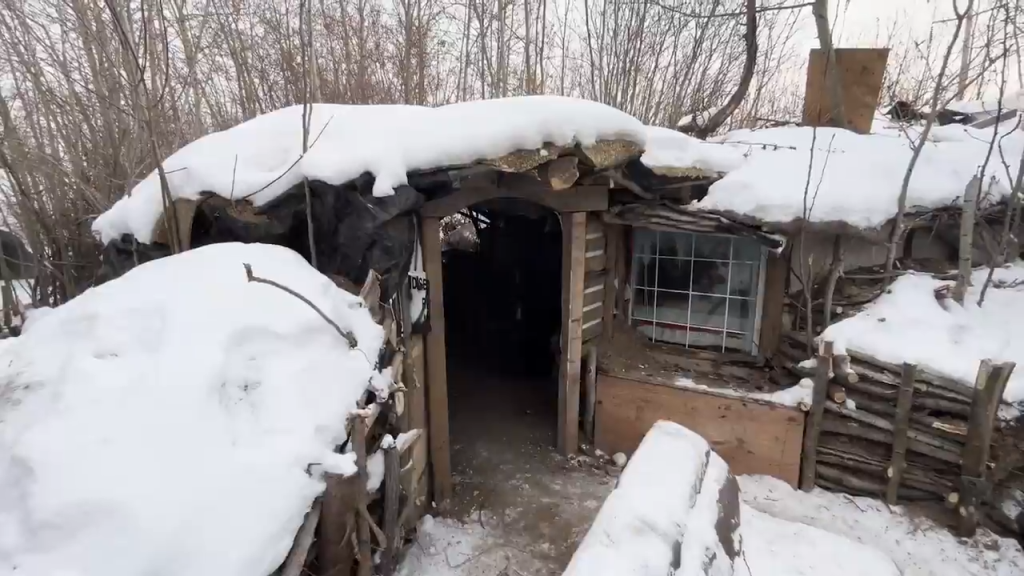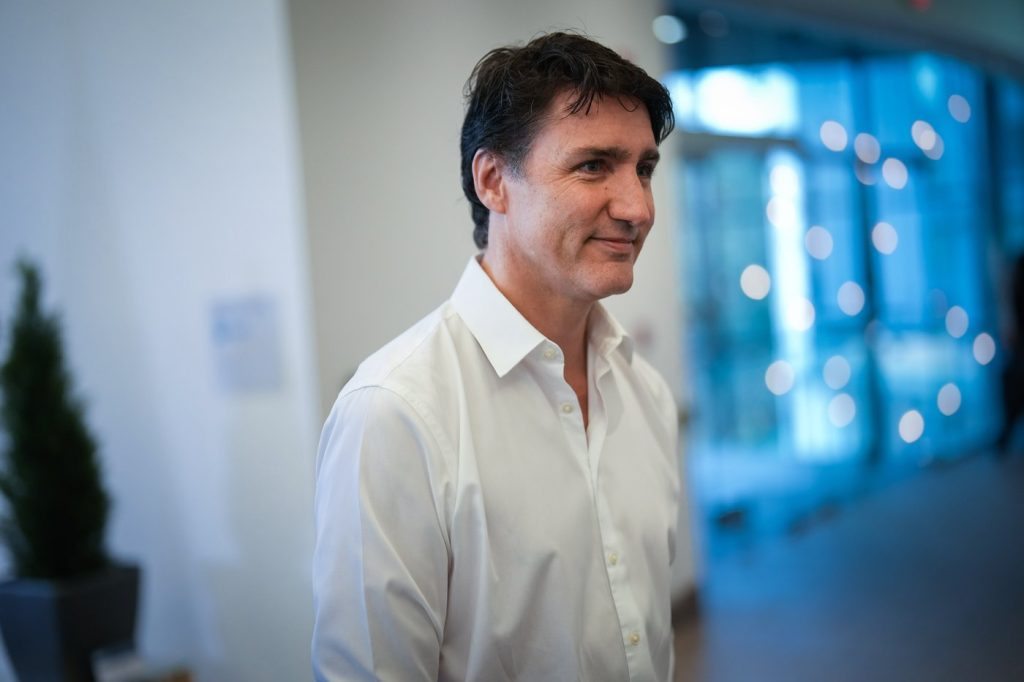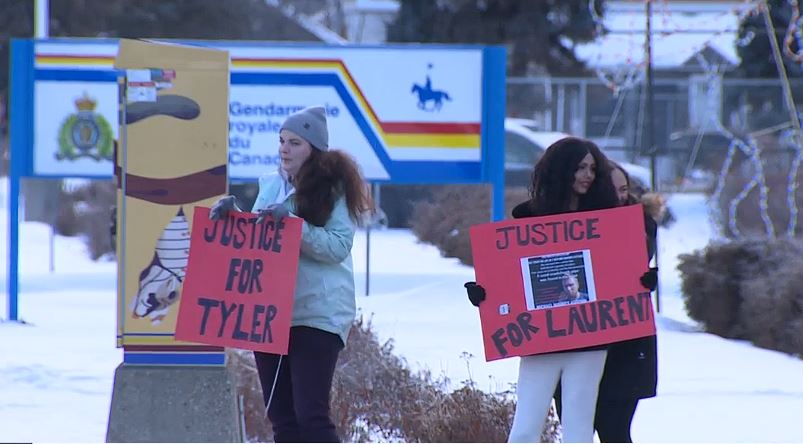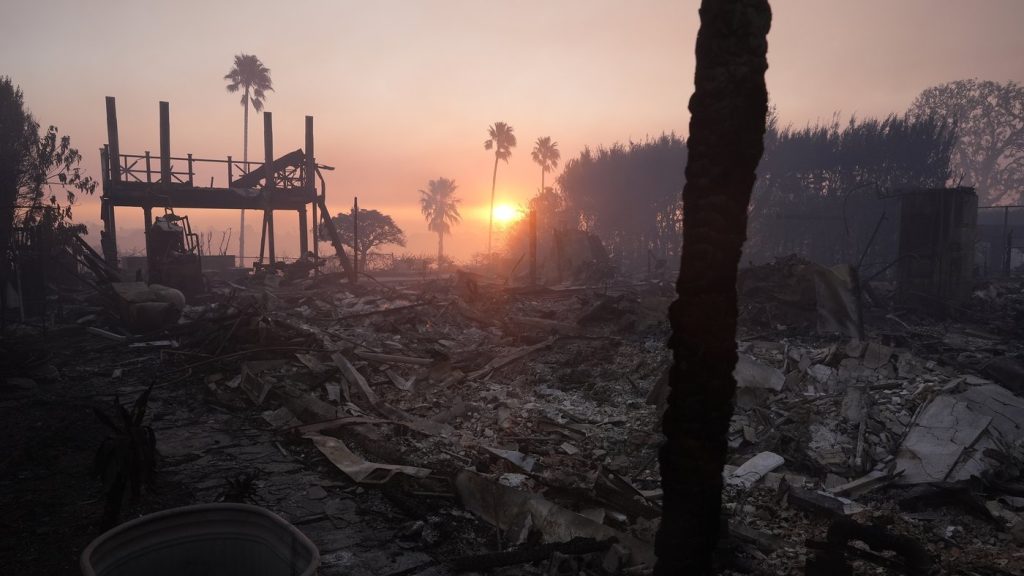Edmonton’s 2020 class of firefighters has no women, visible minorities
Posted December 30, 2020 2:05 pm.
Last Updated December 30, 2020 6:55 pm.
EDMONTON – When it comes to fighting fires, most of the people suiting up are men—something that was underscored with the announcement of Edmonton Fire’s pandemic recruits.
The class of 2020 photo raised some eyebrows online as all 24 new firefighters were white men.
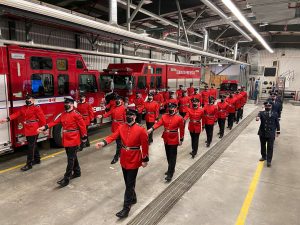
This photo from the Edmonton fire department shows a new class of recruits–all white men. The new fire chief says he wants to do better and have a more diverse group of firefighters. (CREDIT: EFRS)
Edmonton’s new fire chief knows this is something the city needs to work on and he wants to do better.
“We know that gender and visible diversity is low on the front lines and seeing that change is a priority for me and my leadership team,” said Joe Zatylny.
But the lack of representation in fire halls goes beyond Edmonton.
A 2019 report from the Canadian Association of Fire Chiefs (CAFC) points to culture and traditions, and while the tight-knit communities tend to work well together, it can create an us-versus-them mentality that makes it difficult for someone who doesn’t fit the mold to find a place.
As the role of firefighters broadens beyond rushing into burning buildings to include more medical calls, being on the frontline of the opioid epidemic, Zatylny admits they need to be more representative of the community they serve.
“Building a fire service that reflects the community we serve is important,” he said.
“There is a lot of work around diversity and inclusion that is currently underway including the current finalization of a review of the firefighter recruitment process. Based on public consultation and a review of current methods, we will be improving our recruitment process going forward to attract more diverse applicants and help them navigate the recruitment process. We are also changing the interview rubric scoring for more precision, and to be even more prescriptive and aligned with the competencies of modern firefighting services.”
Nationally it’s estimated that just over four per cent of Canadian firefighters are women, but in Edmonton, that number is just one per cent.
Edmonton fire wasn’t able to provide details on how many people in the department identify as a visible minority.
However, in the 2020 City of Edmonton engagement survey, 15 per cent of the city’s fire department identified as a part of a racialized group, 11 per cent were Indigenous, nine per cent were LGBTQ+, 13 per cent were women, and five per cent had a disability.
Zatylny says his focus is on recruitment and mentoring.
“Part of improving diversity in the fire service is really making those community connections and making sure that everybody in our communities knows that they have an opportunity to be a firefighter.”
Other male-dominated industries have made strides in the last few decades towards having more gender equity and diversity, but the CAFC report shows Canadian firefighting teams have lagged behind.
The report also shows more work needs to be done so that the next class of recruits looks more like the community it supports.
